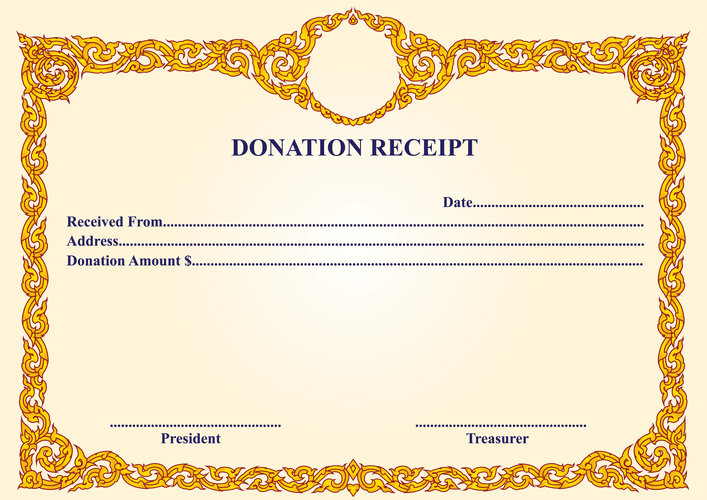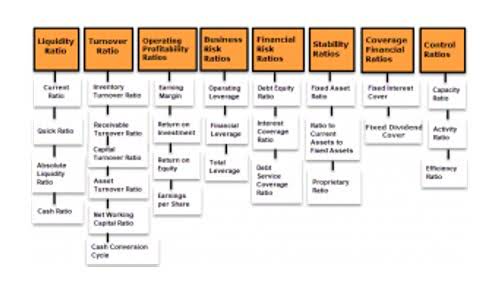
As shown in Vincent’s example, companies with negative cash flow from investing generally mean they’re in a growth state. Like all cash flow, CFI is the net amount of cash flow for a specific time (accounting period). It comprises all the transactions of buying and selling non-current assets and marketable securities. The cash flow from investing activities section reports how much money has been spent (or generated) from various investment activities. This part of the cash flow statement is extremely important for every business since it gives the management a proper idea about the cash position of the company related to investment activities. However, it is also important to understand how to calculate it accurately.
What is considered negative cash flow from investing?

Thus, the above are some problems as well as solutions to deal with cash flow related to investments. Accounts Receivable Outsourcing In this hypothetical situation, we will look at the investing activities of Company X. Imagine that for the last three months, overall cash flow has been negative. Whether you’re managing financial projections, tracking your ledger balance, or understanding gross profit vs. net profit, these formulas give you the tools to succeed.

What Is Cash Flow From Investing Activities?
An investing activity also refers to cash spent on investments in capital assets such as property, plant, and equipment, which is collectively referred to as capital expenditure (CapEx). They can provide insights into everything from management’s strategy and investment appetite to the sustainability of the company’s business model. Investors, therefore, need to analyze the cash flow statements and specifically the net cash flow from investing activities over time, as one year may not present a complete picture.
Treatment of interest and dividend income
A business’s reported investing activities give insights into the total investment gains and losses it experienced during a defined period. Investing activities are a crucial component of a company’s cash flow statement, which reports the cash that’s earned and spent over a certain period of time. Cash flow from investing activities is a line item on a business’s cash flow statement, which is one of the major financial statements that companies prepare. Cash flow from investing activities is the net change in a company’s investment gains or losses during the reporting period, as well as the change resulting from any purchase or sale of fixed assets.
Chapter 1: Accounting for Partnership: Basic Concepts

These activities reflect a company’s strategic decisions regarding income summary resource allocation. A consistent pattern of purchasing new equipment could indicate planned expansion, while the selling of investments may suggest a need to generate cash or shift strategy. Understanding these nuances helps stakeholders assess a company’s growth trajectory and operational focus.


Financial statements, particularly, are essential tools that extend beyond simple record-keeping what are investing activities that can guide your business strategy. When using GAAP, this section also includes dividends paid, which may be included in the operating section when using IFRS standards. Interest paid is included in the operating section under GAAP but sometimes in the financing section under IFRS. The direct and indirect methods will result in the same number, but the process of calculating cash flow from operations differs. Buying long-term assets like machinery or property usually means more cash going out. This spend is an investment in the company’s future operation and efficiency.
- During the year, the Hershey Company made significant investments in capital expenditures, primarily directed towards acquiring fixed assets to support its operations.
- Harvard Business School Online’s Business Insights Blog provides the career insights you need to achieve your goals and gain confidence in your business skills.
- The investing section of the cash flow statement shows a company’s big moves in assets and investments.
- During the reporting period, operating activities generated a total of $53.7 billion.
- In the realm of investing activities, a company may report either negative or positive cash flows, each one indicating a totally different financial situation.
They are recorded in the cash flow statement of a company’s financial statements to provide insights into the cash flow generated or utilized through these activities. Common examples of cash flows from investing activities include the purchase or sale of property, plant, and equipment (PP&E), the acquisition of other businesses, and investments in securities. Cash outflows occur when a company purchases a new machine or acquires an additional business unit. Conversely, cash inflows may arise from selling an old facility or liquidating investments in stocks or bonds. Cash flows from investing activities refer to the money that a company spends on or earns from investments in physical assets, securities, or business acquisitions. This section of the cash flow statement provides insight into how much capital is being allocated for growth or asset acquisition and how much cash is being generated from these investments.
